These days, most everyone understands that being environmentally-conscious is important to protecting our health, safeguarding the health of our community and the preserving our planet. We do the best we can to use reusable water bottles or forgo plastic straws.
This Earth Day, let’s take it to the next level.
We know the mantra: reduce, reuse, recycle. But did you know that this phrase is not just a list of directives randomly compiled? It’s actually listed in that order for a reason. That means reducing should be our #1 priority. It makes sense when you think about it – the easiest way to reduce waste is to not create that waste in the first place. Next, we should strive to reuse items before disposing of them. Finally, the very last step on our list should be recycling.
So how can we do this? In the age of information, it can be overwhelming trying to find ways to lessen our impact on the environment. That’s why we’ve compiled a list of ways you can be more environmentally conscious in your life and reframe how you think about your impact going forward.
Reducing your impact one step at a time
On the road
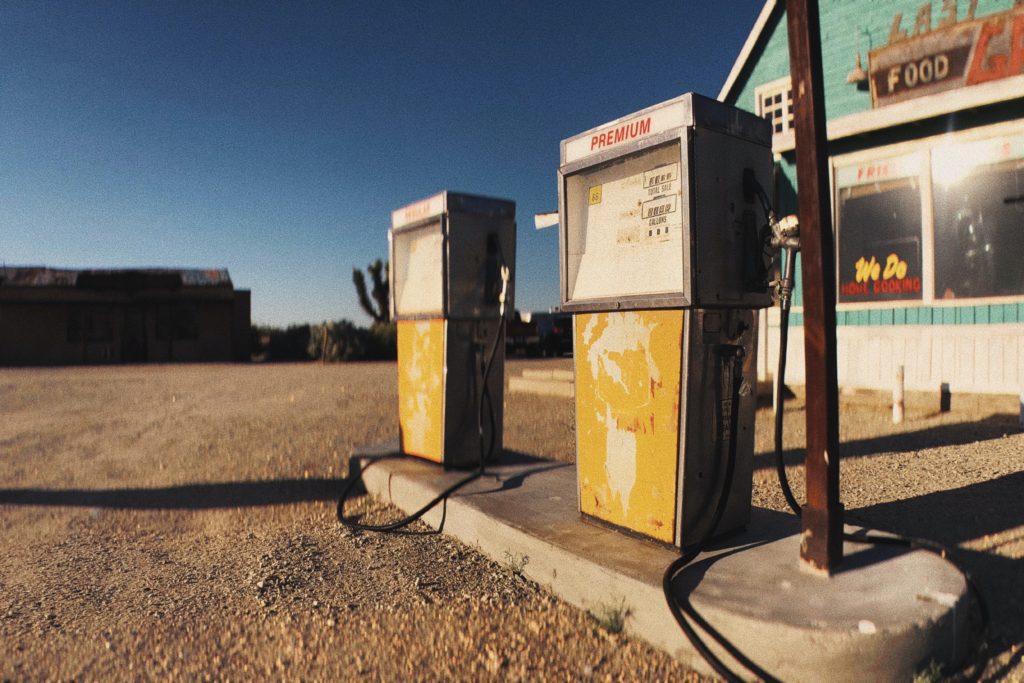
For each gallon of gasoline burned, more than 20 pounds of CO2 are released into the air.

The average passenger vehicle emits 4.6 metric tons of CO2 per year. That’s over 10,000 pounds.
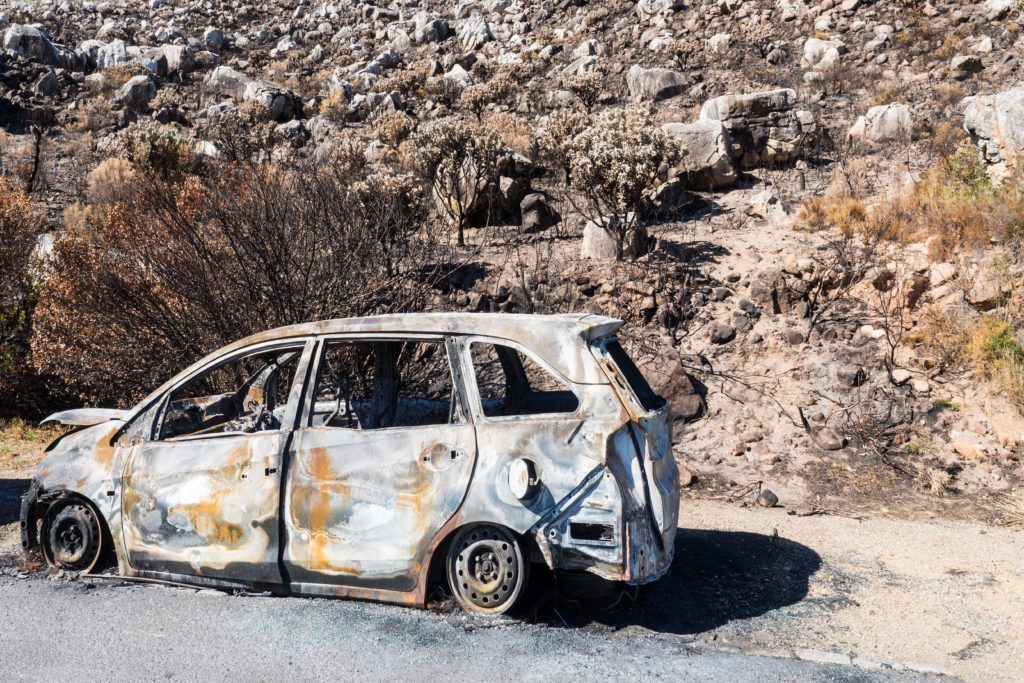
Over 10 million cars end up in salvage yards every year in the U.S.
- Reduce your commute by teleworking as much as possible. The best commute for the environment is none at all.
- Reduce your vehicle miles traveled by opting to take alternative commutes, like public transportation or a bike. Reduce your vehicle miles traveled further by planning out your errands for the week so that you accomplish multiple tasks at once and decrease the need to double back to stores a few days later.
- Swap your car for a hybrid, electric vehicle or more fuel-efficient vehicle when it’s time for a new ride. You can look at the most recommended cars, according to the U.S. Department of Energy, here.
- Travel during non-peak hours to help reduce congestion. Reducing congestion helps to reduce emissions because it allows vehicles to travel at more optimal speeds.
- Keep your tires properly inflated. Properly inflate tires help to increase fuel efficiency.
- Recycle parts of your car when its useful life is up.
Where you live

Energy efficient bulbs use 25% – 80% less energy and last 3 – 25x longer than traditional incandescent light bulbs.

Multifamily housing units where there are 5 or more units use roughly half as much energy as single-family homes or buildings with less than 5 units.
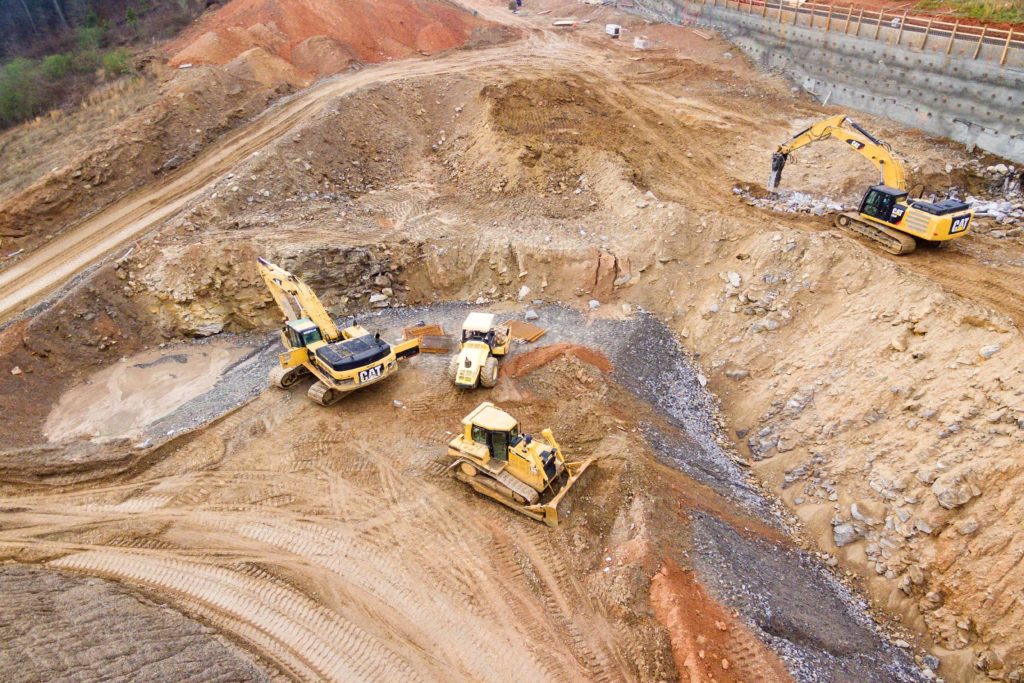
600 million tons of construction & demolition debris were generated in the U.S. in 2018. That’s more than 2x the municipal solid waste for the U.S.
- Invest in energy efficient swaps for your appliances, light bulbs and even your roof and windows when you need new ones. When replacing old appliances that still work, opt to donate or resell rather than trash. Georgia Power has resources to help you make your home more energy efficient, as well as rebates and solutions for recycling old appliances or home items.
- Try downsizing as an element of your green lifestyle. Smaller housing units use less energy and emit less CO2 than larger ones. Further, living in multifamily housing units is generally more energy efficient than living in single family homes.
- Move closer to the city center, which can reduce the need for as many car trips because being closer means you can more easily walk or bike instead.
- Choose to retouch or reimagine rather than gut where possible when personalizing your home. For example, consider painting cabinets instead of replacing them altogether. Remember to also look for eco-friendly paints to help cut down on the environmental impact.
- Consider buying existing housing instead of building. Building new homes uses more energy and virgin materials than buying an existing home. Plus, there are lots of ways to reimagine an existing space to make it your own!
When you buy
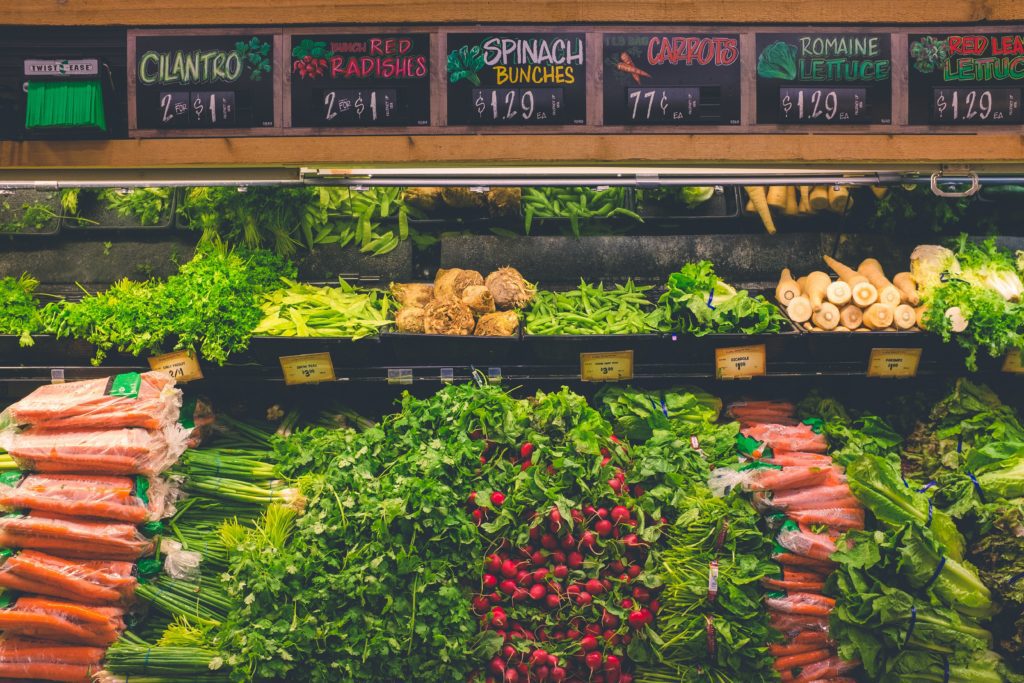
30% – 40% of the U.S. food supply goes to waste.

The fashion industry uses 1.5 trillion gallons of water each year.
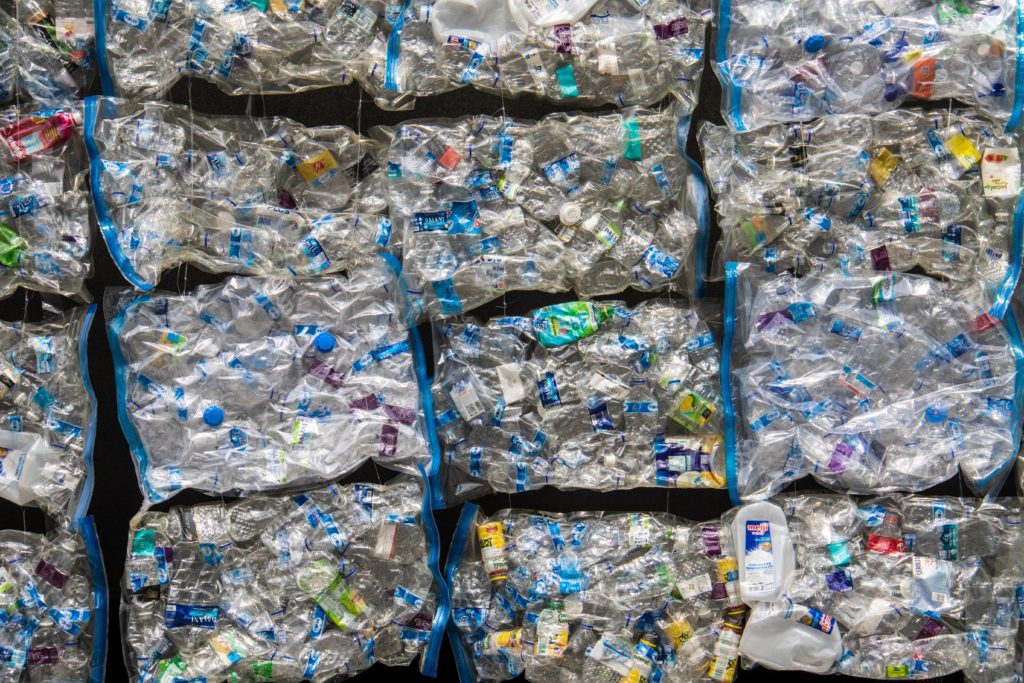
Only about 9% of all plastic ever made has been recycled.
- Reduce your consumption. Where possible, reducing the amount you buy is not only good for your wallet – it’s also good for the environment. Every new piece of clothing or technology takes energy to produce and creates emissions through its production and shipment, so reducing the amount you buy helps to cut down on emissions.
- Use things you already have before buying, where possible. Reimagine how to use old items, such as by using cleaned salsa jars as food storage containers or by freezing vegetable peels and scraps to make a stock.
- Opt for second-hand items when you can. By buying used, you are reusing! Second-hand items don’t come with the same high cost of raw materials, and you can find great quality furniture and clothing often at a cheaper price.
- Buy sustainable when you must buy new. Look for companies that have sustainable practices, such as using recycled or compostable materials or carbon neutral shipping.
- Buy local. Not only is this a great way to support your local community but buying local also reduces the emissions needed to ship items from other parts of the country. For food, it often also means getting something fresher!
- Order multiple items to be delivered together rather than ordering many items over time to reduce the emissions from delivery vehicles.
- Buy reusable before disposable to reduce your waste, such as using dish towels instead of paper towels.
- Avoid buying single use plastics wherever possible. At the grocery store, try bringing reusable produce bags instead of using the plastic ones. Also, look for items that don’t come in plastic packaging when you buy.


